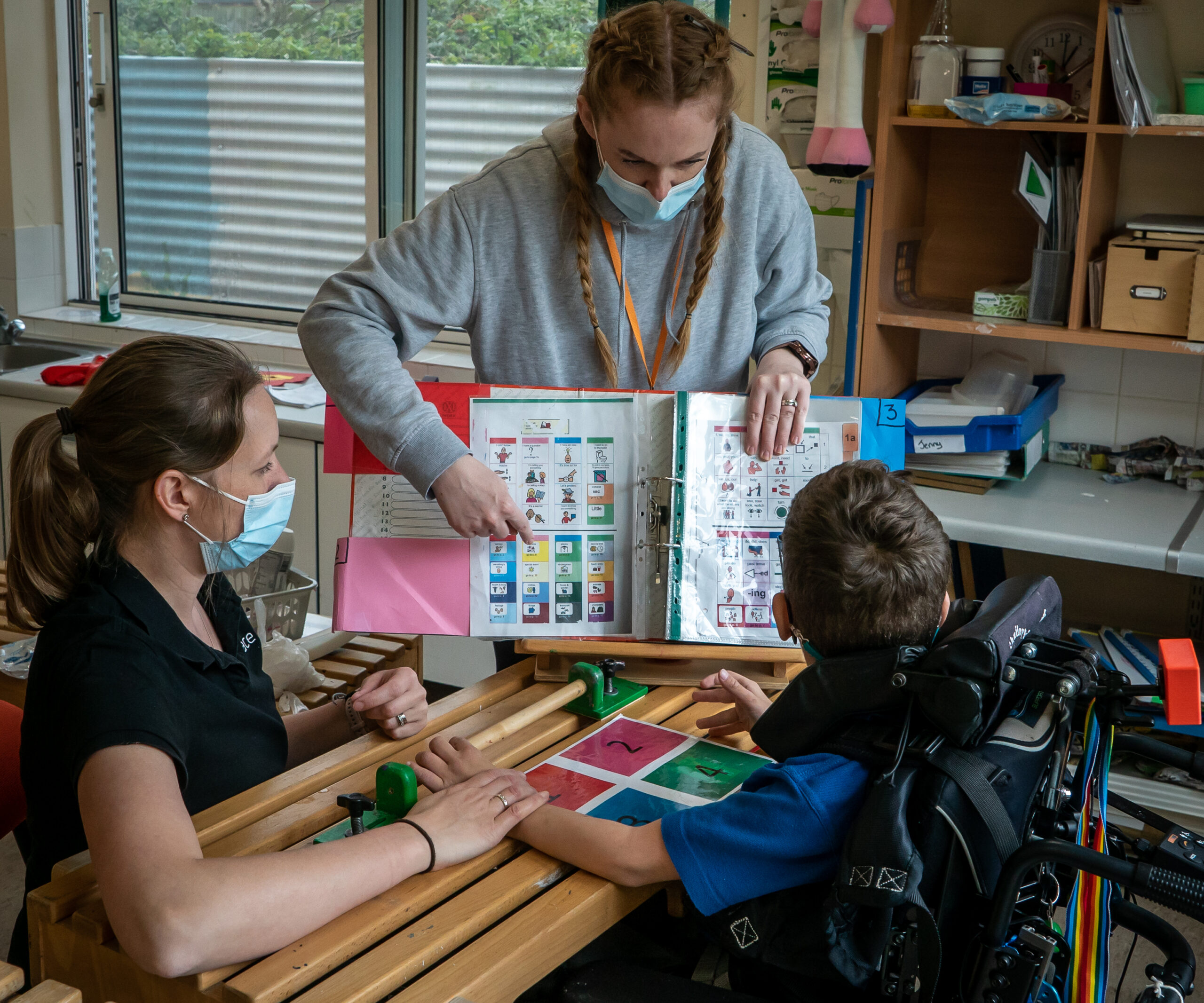Communication
What is communication?

What is communication?
We need to communicate not only to express what we need and feel, but also to tell stories, learn and engage in society. Communication is central to the way we engage with the world.
What your child might experience
Speaking is a complex physical task that requires control of your breath and facial muscles. Sign language also demands great control of your body, face, arms and fingers. So if movement is something your child finds difficult, communication can be a challenge.
Communication also develops through watching and listening – looking at faces and hearing voices. If your child has sensory loss, such as poor vision or a hearing impairment, learning to communicate will be more challenging.
Our services
Find out how your child can access our specialist school for children with neurodisabilities.
Therapy for your childFind out how we can support your child with our therapy services for children aged 3-11 in preschool and school.
Support for your babyFind out more about supporting your baby with our early intervention services
